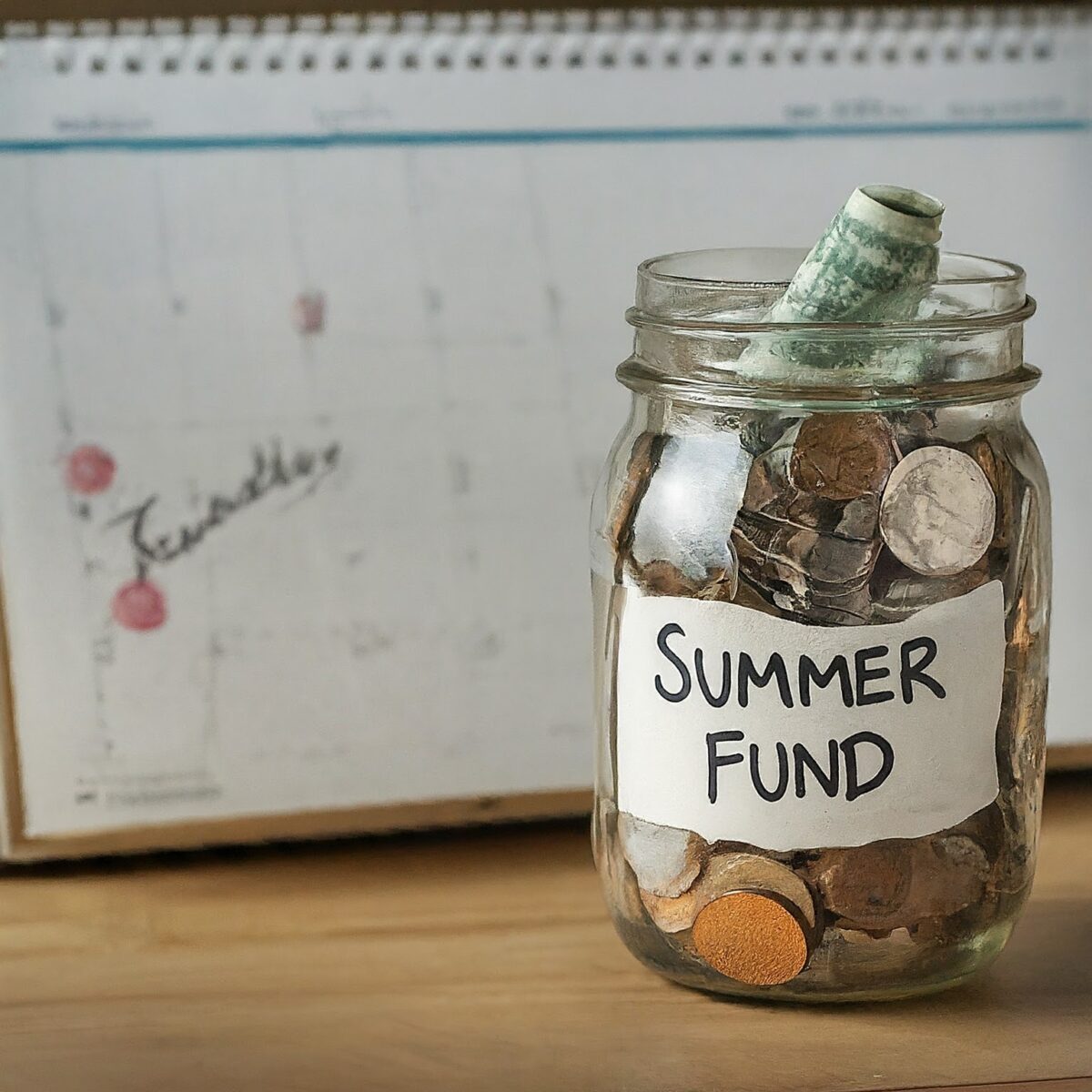As the temperatures rise and the days grow longer, summer offers a myriad of opportunities for fun and relaxation. However, the season’s activities can also come with a hefty price tag. From vacations and outdoor adventures to dining out and entertainment, summer expenses can quickly add up. But fear not! With a few savvy strategies, you can enjoy all that summer has to offer while staying within your budget. Here are 8 tips for embracing frugal living during the sunny season:
- Plan Budget-Friendly Staycations: Who says you need to travel far to have a memorable summer? Embrace the beauty of your own backyard by planning budget-friendly staycations. Explore local parks, hiking trails, and scenic viewpoints, or organize a picnic in the park with friends and family. With a little creativity, you can enjoy a relaxing getaway without the hefty price tag of traditional vacations.
- Take Advantage of Free Outdoor Activities: Summer is the perfect time to enjoy outdoor activities without spending a dime. Take advantage of free community events such as outdoor concerts, movie nights in the park, or cultural festivals. Pack a picnic, grab a blanket, and immerse yourself in the vibrant atmosphere of summertime festivities while saving money.
- Grow Your Own Produce: Harness the bountiful energy of the summer sun by starting a garden and growing your own fruits and vegetables. Not only is gardening a rewarding and therapeutic activity, but it also allows you to enjoy fresh, organic produce at a fraction of the cost of store-bought alternatives. Plus, you’ll reduce your carbon footprint and connect with nature in the process.
- Opt for Homemade Refreshments: Instead of splurging on expensive store-bought beverages, indulge in homemade refreshments to beat the summer heat. Whip up your own batch of iced tea, lemonade, or fruit-infused water using simple ingredients from your pantry. Not only will you save money, but you’ll also avoid unnecessary additives and preservatives.
- Embrace Outdoor Dining: Take advantage of the warm weather by embracing outdoor dining options. Instead of dining out at expensive restaurants, pack a picnic and enjoy al fresco meals in scenic locations such as parks, beaches, or backyard patios. Not only is it more budget-friendly, but it also allows you to soak up the sunshine and fresh air while savoring delicious meals.
- DIY Home Maintenance: Summer is the ideal time for tackling DIY home maintenance projects and repairs. From painting and landscaping to minor plumbing and electrical work, take advantage of the longer days and warmer weather to spruce up your home without hiring expensive contractors. Not only will you save money on labor costs, but you’ll also gain valuable skills in the process.
- Utilize Seasonal Discounts and Promotions: Keep an eye out for seasonal discounts and promotions to stretch your summer budget further. Many retailers offer sales and special offers on seasonal items such as outdoor furniture, camping gear, and swimwear. Take advantage of these deals to stock up on essentials and save money on summer purchases.
- Stay Cool Without Breaking the Bank: Beat the summer heat without breaking the bank by implementing cost-effective cooling strategies. Use fans and ceiling vents to improve airflow and circulation, close curtains and blinds during the hottest parts of the day to block out the sun’s rays, and opt for lightweight, breathable fabrics to stay cool and comfortable without relying on expensive air conditioning.
With these 8 tips for frugal living in the summer, you can enjoy all the season has to offer without straining your budget. By embracing creativity, resourcefulness, and a mindful approach to spending, you can make the most of the sunny season while keeping your finances in check. Soak up the sunshine, savor the simple pleasures, and make this summer one to remember without breaking the bank.




